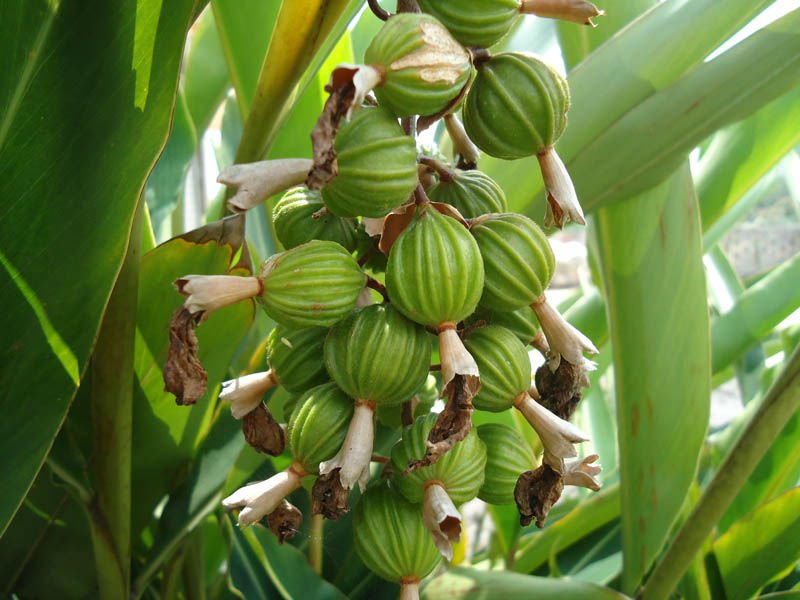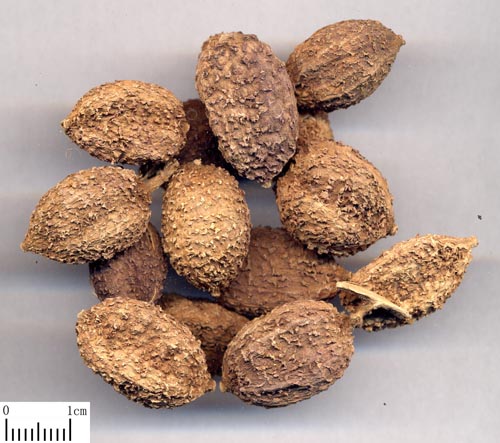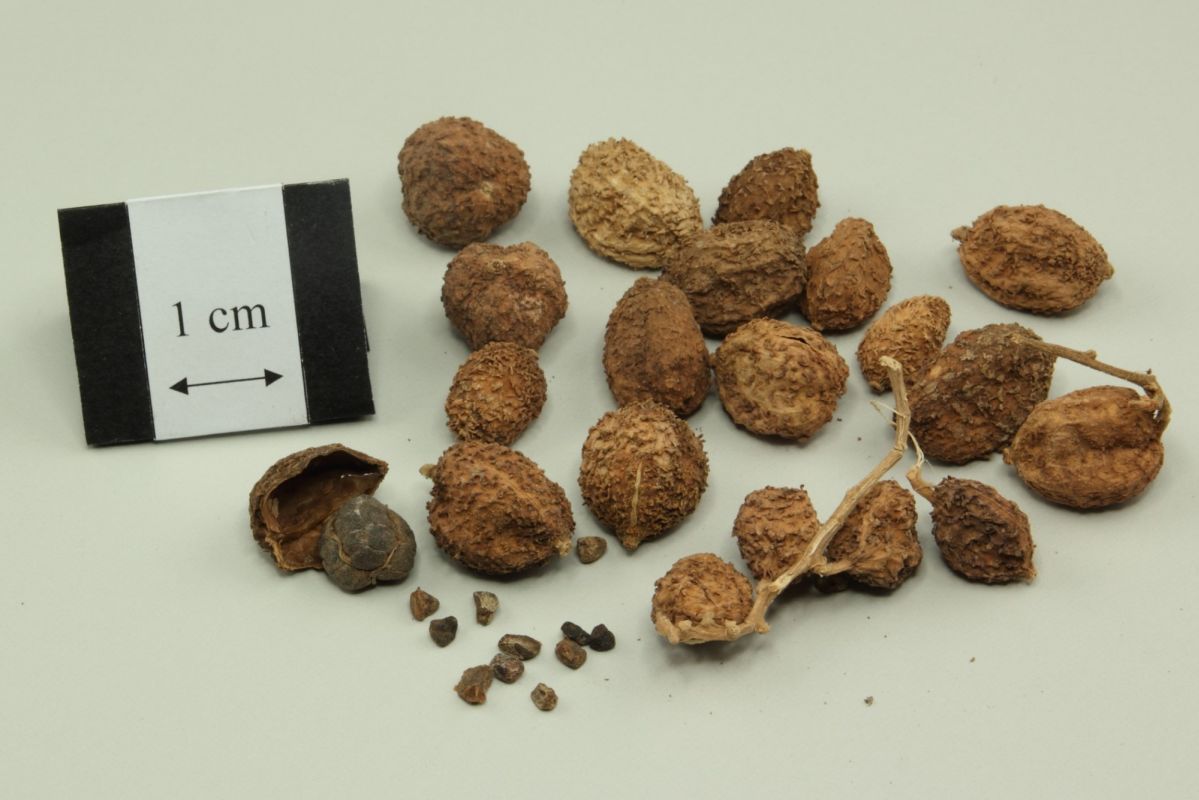- Epigastric and abdominal pain, distention, anausea, and vomiting due to Qi obstruciting
the Spleen and Stomach. Use with
Magnolia
officinalis- Hou po, and
Amomum kravanh-
Bai dou kou.
- Abdominal pain and diarrhea due to Dampness obsructing the spleen and Stomach.
Also morning sickness. Use with
Atractylodes
macrocephala- Bai zhu and Codonopsis pilosula- Dang shen.
- Qi stagnation due to food stagnation. Use with
Aucklandia
lappa- Mu xiang and
Citrus aurantium-
Zhi shi.
- Damp-Cold induced diarrhea and dysenteric disorders. Use with
Atractylodes
lancea- Cang zhu.
- Restless fetus, with
Taxillus chinensis-
Sang ji sheng.
[1] Barefoot Doctor's Manual- 1977 Prepared
by the Revolutionary Health Committee of Hunan Province. Original Chinese manual-
Victor W. Sidel. Originally published by Dr Joseph Quin and the Fogarty International
centre, Bethdesda (1974). Madrona Publishers Seattle Washington ISBN 0-914842-52-8
[2] A Complete English Dictionary of Medicinal Terms in Chinese Acupuncture
and Herbalism 1981- Henry Lu Chinese Foundations of Natural Health- The Academy
of Oriental Heritage, Vancouver, Canada.
[3] Translation notes from Gary Seiford and Hocu Huhn- NSW College of Natural
Therapies. Sydney Australia (1982).
[4] Chinese Herbal Medicine Materia Medica- Dan Bensky and Andrew Gamble- Eastland
Press 1986 Seattle Washington ISBN 0-939616-15-7
Images
1.
alibaba.com
2.
tcmwiki.com
3.
herbaltcm.sn.polyu.edu.hk Camphor, borneol,
bornyl acetrate, linalool, nerolidol, limonene.[1]
References
[1] Chinese Herbal Medicine Materia Medica- Dan Bensky and Andrew Gamble- Eastland
Press 1986 Seattle Washington ISBN 0-939616-15-7
 Amomum
villosum. A.
xanthoides, Wurfbainia villosa. 砂
仁 Shā
rén
Cardamon
Family: Zingiberaceae
Amomum
villosum. A.
xanthoides, Wurfbainia villosa. 砂
仁 Shā
rén
Cardamon
Family: Zingiberaceae

